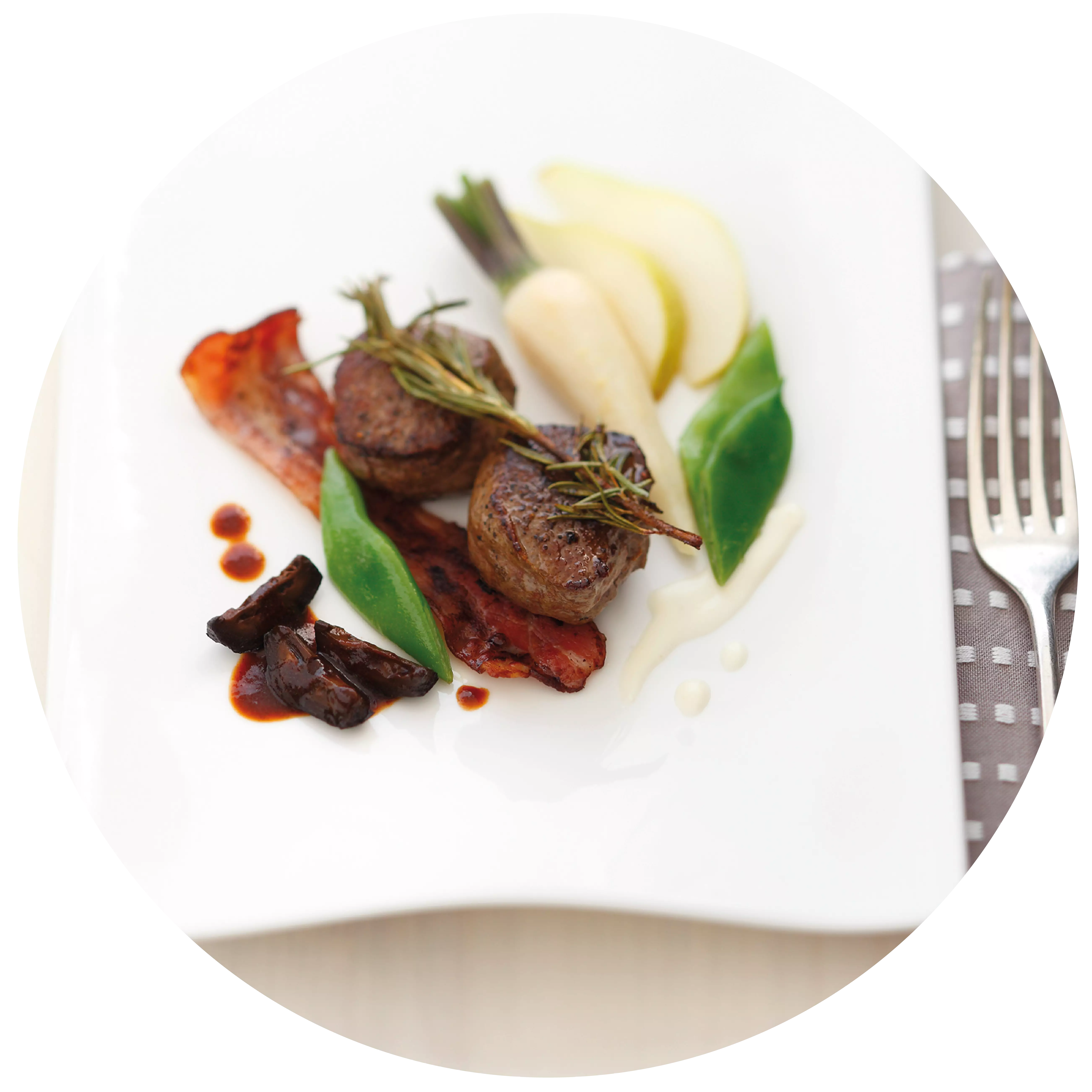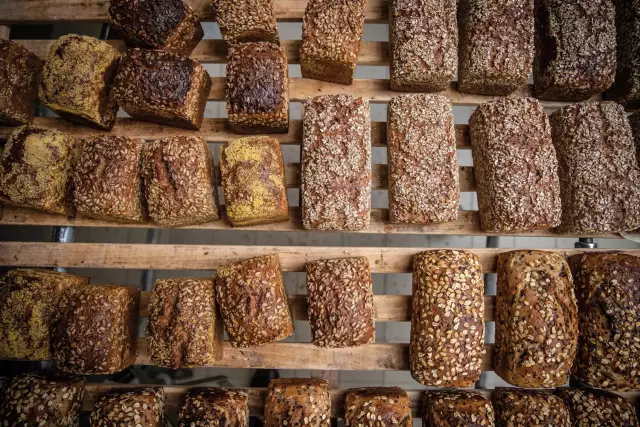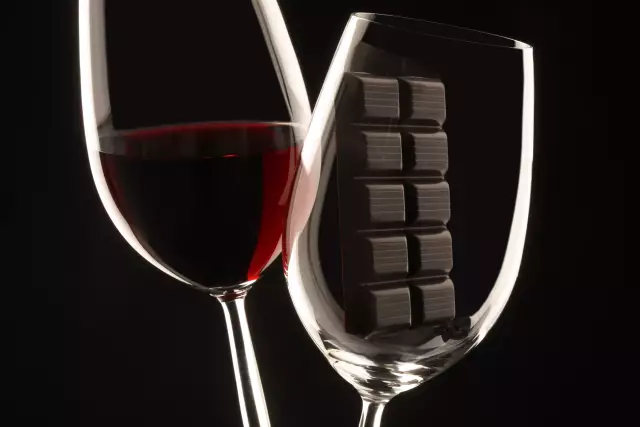Barbecue & Wine
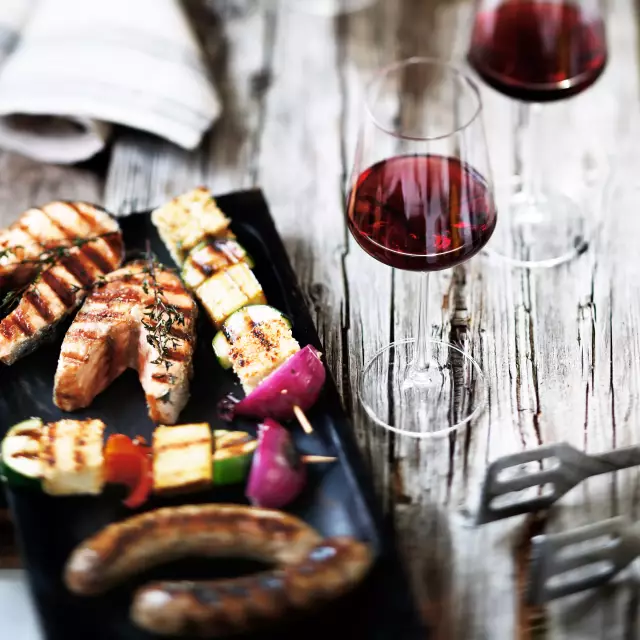
During the last couple of years, the classic barbecue has been turned into sophisticated outdoor cooking. The demands on the quality of the meat, fish and vegetables used have increased just as much as the desire to have the perfect wine to accompany the food.
Facts
-
April
is the most popular month to start the barbecue season
-
39,19 %
of consumers have a barbecue every two weeks
-
80 %
are equipped with a gas grill
When choosing a wine for your barbecue, you have to bear in mind that the taste of the grilled foodstuffs is often more intense than if they were fried in a pan, owing to the roast aromas and smoke flavors. Thus even a red wine might sometimes be a suitable partner for a grilled fish or white meat. Velvety Pinot Noir or fruity Saint Laurent spring to mind. They are low in tannins and boast a subtle fruitiness – thus they do not drown out the white meat or fish.
In case the grilled meat has stronger roast aromas, it’s better to serve a Lemberger or Dornfelder - preferabley aged in a barrique barrel - along with it, since these wines are richer in tannins by nature.
What is being barbecued?
Schnitzel, pork steaks and similar meats are often marinated in oil, garlic, herbs and spices. Ideal wine companions are hearty Riesling or Pinot Blanc, as well as dry rosé wines, e.g. based on Pinot Noir.
Beef: If you want to treat your guests to something really special, go for Dry Aged Beef. The dry, well-hung beef matures at constant humidity levels of 60% and – depending on the piece – between 7 and 28 days. Connoisseurs salt the steak about 15 minutes prior to putting it on the grill to get more roast aromas. Then they grill the meat on thoroughly glowing coal for one minute per side, before cooking it on indirect heat until it reaches the desired core temperature. Pepper is only added at the end. A premium piece of meat does not require anything more than a red wine that is its equal in quality, such as a strong Lemberger. This Lemberger should have aged in barrique – for quite some time, ideally – so that its tannins have mellowed.
Fillet of beef or entrecote on the grill are done faster than rib eye. Consequently, they are not as rich in roast aromas. A velvety Pinot Noir is an excellent choice to accompany them.
Along with a lamb cutlet with a Mediterranean seasoning, grilled to crispy perfection, we recommend a hearty Lemberger or Dornfelder, aged in a barrique barrel, if you like.
Poultry – chicken breast, turkey escalope or breast of duck: The tender meat gets a more intense taste on the grill, which goes very well with a dry rosé. In general, rosé wines are great partners for a carefree barbecue enjoyment.
Fish such as trout, char and gilthead are often softer and juicier when grilled wrapped in tin foil rather than directly on the grate. Pinot Blanc, Chardonnay and Silvaner are perfect companions. A light Riesling from the Moselle with subtle fruitiness is welcome as well.
If the fish is prepared directly on the grate or in a grill tray, maybe even marinated or strongly seasoned, it required a partner such as a stronger Riesling or Chardonnay. A lightly chilled dry red wine can also be an adequate companion for heartily seasoned fish.
Whole fish with herbs can take a juicy Silvaner, which also boats herbal aromas – or even a red wine that is not too full-bodied.
Shellfish such as scampi and prawns are roasted in a grill tray inside their shell, so they don’t lose too much of their juice. All seafood should never be cooked for too long or over too much heat. This kind of seafood likes a fresh Pinot Blanc.
Silvaner, Müller-Thurgau or Pinot Gris are delightful companions for vegetarian and vegan treats. With their subtle aromas, they bring out the best in the vegetables. And – a universal truth – a dry rosé is always a great choice. Vegetables excellently suited for a barbecue are eggplant or oyster mushrooms, served on a plate with hummus or tzatziki. Vegetable skewers – for instance with cherry tomatoes, chunks of zucchini, stripes of bell pepper and tofu – are delicious as well.
And for those who prefer an Asian-style barbecue, we recommend a semi-dry Riesling. You can even try a sweet Riesling if things get really hot, because the wine’s sweetness will soften the spiciness of the food.
Chilling wine
In the summer, wines should generally be served 2-3 °C colder, because they very quickly warm up in the glass. You might even opt to lightly chill red wines in summer, if they are not too complex and rich in tannins.
Chill with ice
If you are in a hurry, just place the wine bottle inside a champagne cooler or a large bowl filled with ice that has been sprinkled with a handful of salt. This will make the ice thaw faster and increase cooling by evaporation. If you lightly move the bottle inside the ice, you heighten the cooling effect.
Cooling cuffs
You should always keep some cooling cuffs for wine bottles ready in the freezer. They are pulled over the wine bottle and chill the wine down to the prefect drinking temperature within about 10-15 minutes. The cooling cuffs come in different sizes – there are varieties for slim wine bottles as well as more bulbous Sekt bottles.
Bottle coolers
Bottles that have already been chilled keep their temperature for a longer time in wine coolers made of clay, perspex or stainless steel. In order to add to the effect, you can put some ice into the cooler.
When do fish and red wine go together?
This combination is highly recommended when grilling fish, because roasted and smoky aromas intensify the flavor of the grilled food. Velvety Pinot Noirs or a fruity Saint Laurent are quite suitable companions here.
Varietals

More recipe ideas
with pumpkin and white wine sauce Pasta with pumpkin and white wine sauce
with pumpkin and white wine sauce
- 750 Gramm Butternut-Kürbis(se)
- 3 kleine Zwiebeln
- 2 Zehen Knoblauch
- 1 Becher Crème fraîche
- 250 ml trockener Weißwein
- 500 ml Gemüsebrühe
- 25 Gramm Parmesan oder ähnlicher Hartkäse
- 400 Gramm Spaghetti oder andere Nudeln
- nach Geschmack Salz, Pfeffer, Zucker
- 4 EL Kürbiskerne, evtl. gehackt
- nach Belieben Muskat, Thymian
Sauté the garlic and onions until translucent. Dice the butternut squash and add, season with pepper and sugar. When the cubes are still firm, pour in the white wine and vegetable stock. Continue cooking until the squash is firm to the bite.
In the meantime, cook and drain the pasta.
Add the thyme, nutmeg, salt and crème fraîche to the boiling pumpkin, bring to the boil and thicken. Stir in the parmesan and season to taste. You can also crush some diced pumpkin to make the sauce sweeter.
Arrange the pasta on plates and top with the pumpkin sauce.
Sprinkle with pumpkin seeds.
- Scheurebe (trocken)

with bulgur Cabbage stew
with bulgur
- 200 Gramm Zwiebeln
- 1 ganze Knoblauchzehe
- 800 Gramm Spitzkohl
- 200 Gramm Möhren
- 400 Gramm festk. Kartoffeln
- 1 EL Kümmelsaat
- 1,5 Liter Gemüsefond
- 5 EL Olivenöl
- 2 EL Tomatenmark
- 2 EL edelsüßes Paprikapulver
- 3 TL Honig
- nach Belieben Salz & Pfeffer
- 120 Gramm grobe Bulgur
- 1 Bund Petersilie
- 4 Stiele Minze
- 1 ganze Zitrone
- 2 ganze Äpfel
- 3 EL Obstessig
Finely dice the onions and garlic. Clean, wash and quarter the cabbage, remove the stalk and roughly chop the cabbage quarters. Peel the carrots, halve lengthways and cut into approx. 2 cm wide pieces. Peel the potatoes and cut into approx. 2.5 cm pieces. Fry the carrots in a pan without fat and set aside.
Heat the vegetable stock in a small pan. Heat 3 tablespoons of oil in a large pan, sauté the cabbage in it for 10-15 minutes over a high heat until dark brown and remove from the pan.
Add the remaining oil to the pan. Fry the onions and garlic until translucent. Add the potatoes and muesli and sauté for 3-4 minutes, stirring constantly. Add the tomato purée and paprika powder and fry while stirring. Add the cabbage, honey and caraway and pour in the hot vegetable stock. Season with salt and pepper. Bring to the boil, cover and simmer for 45 minutes. Add the bulgur 20 minutes before the end of the cooking time.
Quarter the apples, remove the seeds, cut into approx. 1 cm cubes and add 10 minutes before the end of the cooking time. Pluck the herbs and chop medium-fine. Wash and dry the lemon, finely grate the zest and mix with the herbs. Flavour the stew with vinegar, salt and pepper and serve sprinkled with the herbs.
Tip: The pointed cabbage must be roasted really strongly and dark so that the aromas come out well.
- Spätburgunder / Pinot Noir (trocken)
- Trollinger (trocken)
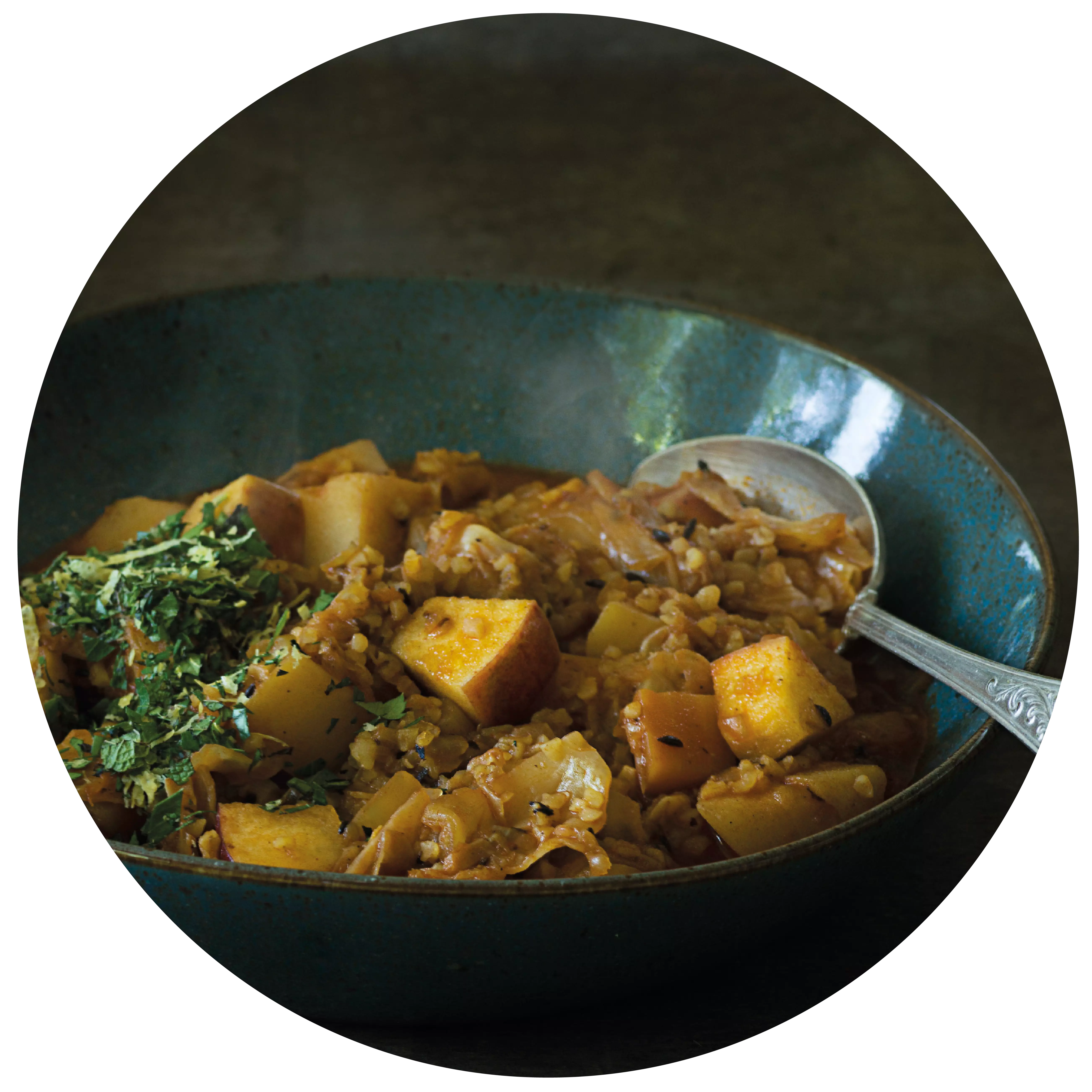
with white wine Cauliflower soup
with white wine
- 3 Stück Schalotten
- 500 Gramm Blumenkohl
- 20 Gramm Butter
- 1 TL Fenchelsaat
- 50 ml Weißwein
- 800 ml Gemüsebrühe
- 100 ml Schlagsahne
- 1 Prise Zucker
- nach Geschmack Salz & Pfeffer
Peel the shallots and cut into slices.
Clean and chop the cauliflower.
Melt the butter in a pan, sauté the shallots with the fennel seeds over a medium heat for 3 minutes until colourless. Add the cauliflower, sauté for 2 minutes, season with salt and sugar.
<p
<p>Deglaze with white wine, bring to the boil and top up with vegetable stock and whipping cream. Simmer over a low heat for 20 minutes.
Blend with a hand blender, adding stock if necessary to reach the desired consistency.
Serve drizzled with a few drops of olive oil.
- Silvaner (trocken)

with pears, beans, parsley root and black walnuts Venison medallions
with pears, beans, parsley root and black walnuts
- 12 Stück Rehmedaillions (a 80g)
- 30 Gramm gebratene Speckstreifen
- 200 ml Bechamelsauce
- 3 EL Sonnenblumenöl
- 8 kleine Petersilienwurzeln mit Grün (alternativ Knollensellerie)
- 6 - 8 breite Schnippelbohnen
- 1 große Birne
- 4 - 6 schwarze Walnüsse
- 100 ml Wildfond
- 2 EL Butter
- 2 Stängel glatte Petersilie
- nach Geschmack Salz
Preheat the oven to 180 °C top and bottom heat. Clean, peel and trim the parsley roots. Clean the beans and cut into diagonal pieces. Blanch the parsley roots and beans separately in boiling salted water and rinse immediately in iced water.
Cut the walnuts into eighths and warm in the game stock. Wash the unpeeled pear, cut into eighths, remove the core and cut into thin slices. Fry the venison medallions on both sides in oil, then finish cooking in the oven for approx. 3 - 5 minutes.
In the meantime, toss the beans and parsley roots in melted butter and season with salt. Arrange the vegetables with the black walnuts and pear slices on large plates. Place the medallions on top, garnish with game stock, Béchamel sauce and bacon strips.
Tip: You can make your own black walnuts. To do this, prick the walnuts all over with a fork or skewer and place in water for 10 days. Change the water every day so that the tannic acid can drain off. Boil the nuts 3 times in salted water until they are deep black. Simmer with bay leaves and peppercorns for approx. 20 minutes until soft. Layer in preserving jars and cover with syrup. The nuts can be kept for approx. 1 year.
- Spätburgunder / Pinot Noir (trocken)
- Pinot Gris (trocken)
